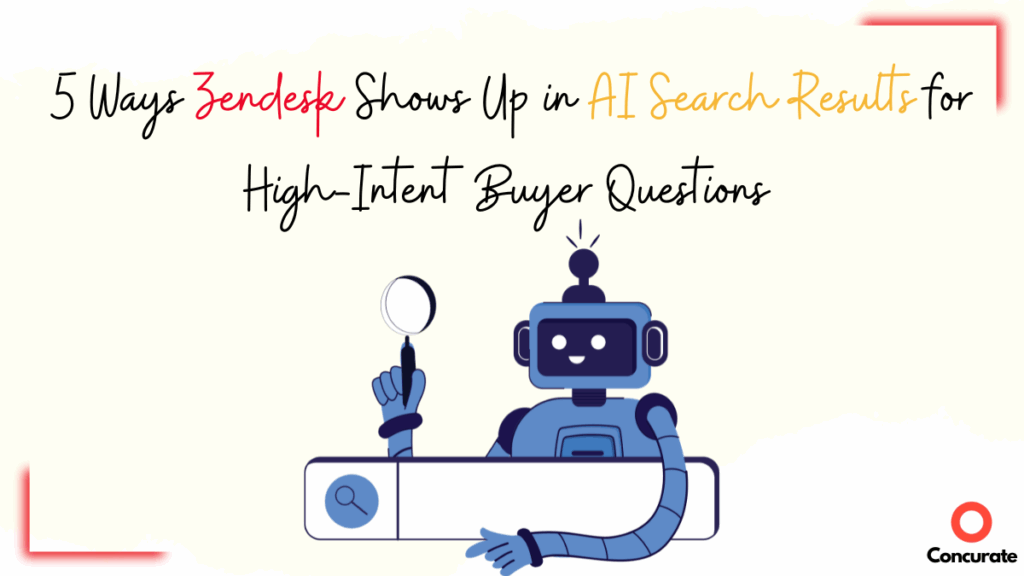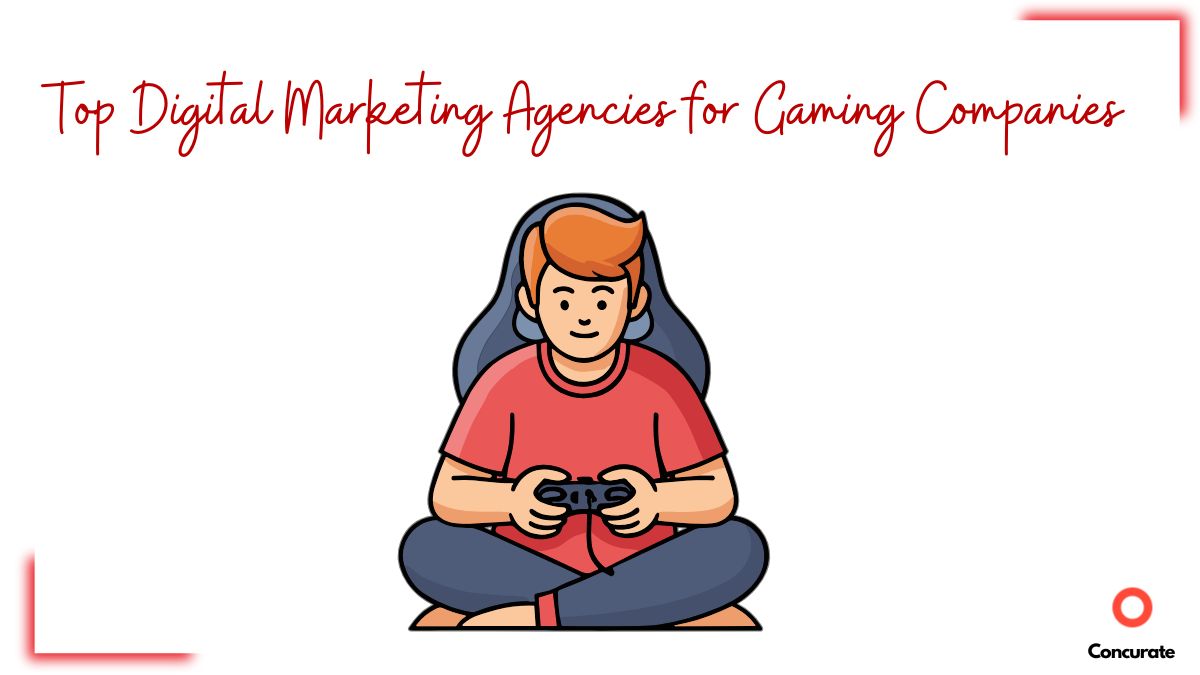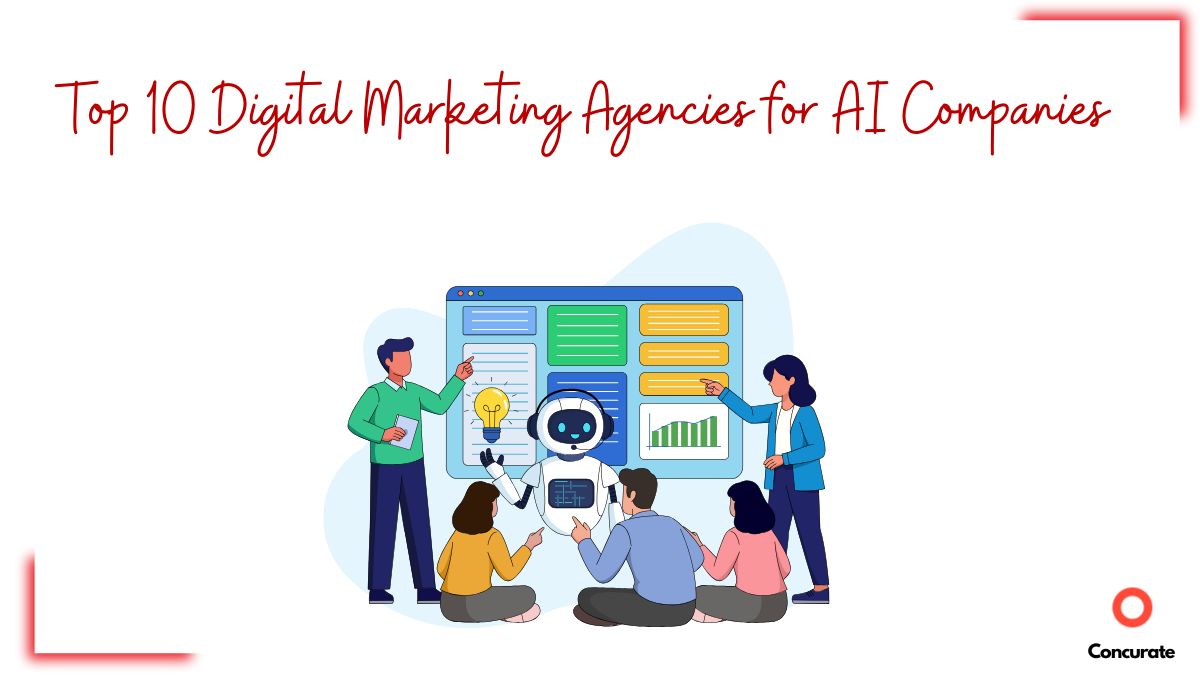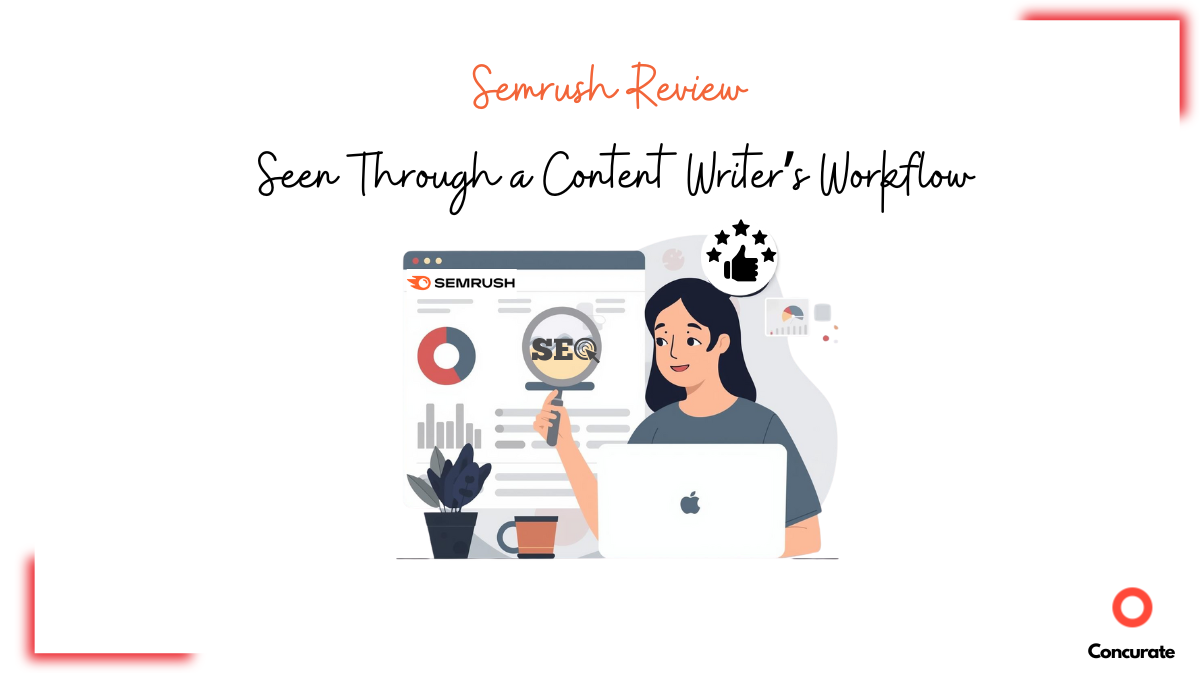| TL;DR: When buyers ask AI tools which CX platform scales with automation, proves trust, and delivers ROI, Zendesk consistently shows up. This breakdown reveals five specific moves behind that visibility and how SaaS leaders can apply the same playbook to win consideration. |
Over the past year, we’ve been watching how buyers actually search for customer experience software. It’s not the old “help desk software” keyword anymore. It’s full questions like, “Which CX platform scales with AI agents?”
And the shift is clear, AI tools like ChatGPT, Perplexity, and Gemini are where those questions are asked.
When we ran these searches, Zendesk kept showing up. Again and again.
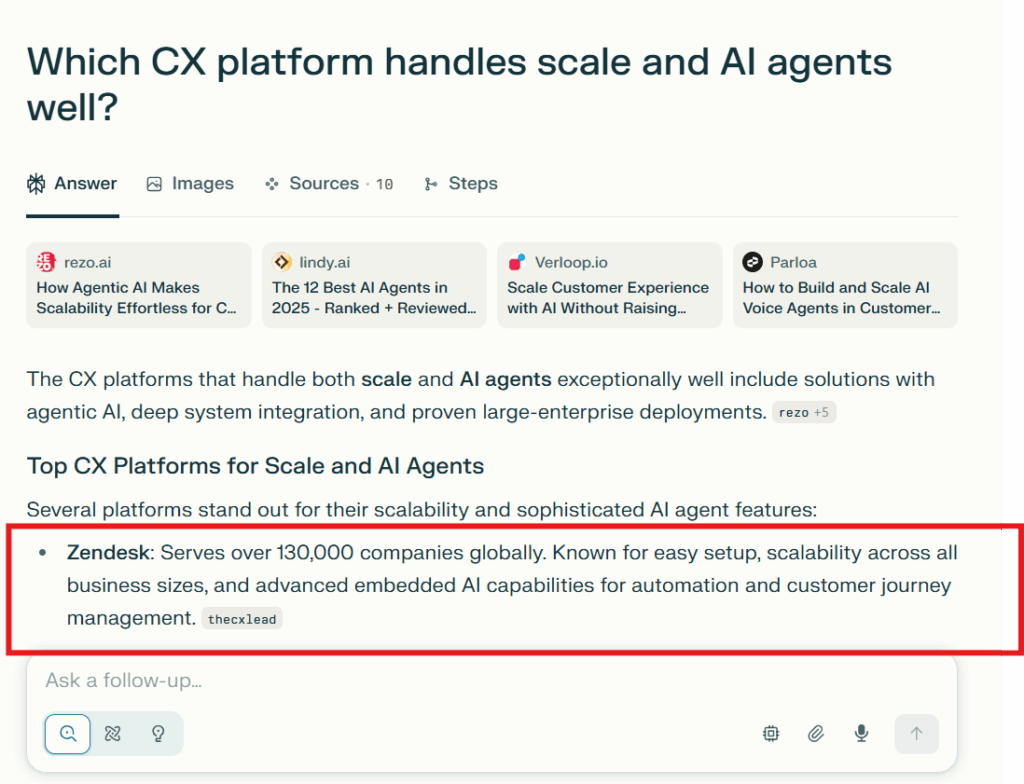
Zendesk appearing at the top in Perplexity results for the query “Which CX platform handles scale and AI agents well?”
That made us curious. Why Zendesk? What are they doing differently that makes them the safe, obvious answer for both buyers and AI tools?
If you want to see how this plays out beyond Zendesk, look at how RingCentral shows up in AI answers and Nextiva does it too, same buyer intent, same AI surfaces, different routes to visibility.
In this article, we’ll break down the five deliberate moves Zendesk makes, and how you can use the same playbook to keep your brand visible when buyers ask AI for recommendations.
5 Ways Zendesk Shows Up in AI Search Results for High-Intent Buyer Questions
1. They frame AI as the core of their service stack
When we started looking at Zendesk’s site, one thing jumped out right away. They don’t treat AI like a side feature. It’s the core story.
On their product and pricing pages, the messaging isn’t subtle. You see lines like “Automate 80% or more of your interactions” and “Copilot gives your team superpowers.” That’s the headline, not fine print.

Zendesk product page highlighting its bold AI claim: “Automate 80% or more of your interactions.”
Why does that matter? Because buyers (and AI models crawling the web) don’t have to guess what Zendesk stands for. Everywhere you look, the same message repeats, this is AI-driven support.
If you’re mapping this shift on your own site, here’s a quick guide to optimize your SaaS website for ChatGPT and Perplexity so models consistently associate you with the right outcomes.
So when we ran prompts like “Which CX platform offers AI copilots and high automation rates?” into ChatGPT, Zendesk kept showing up. That’s not an accident. It’s the result of hammering the same positioning, over and over.
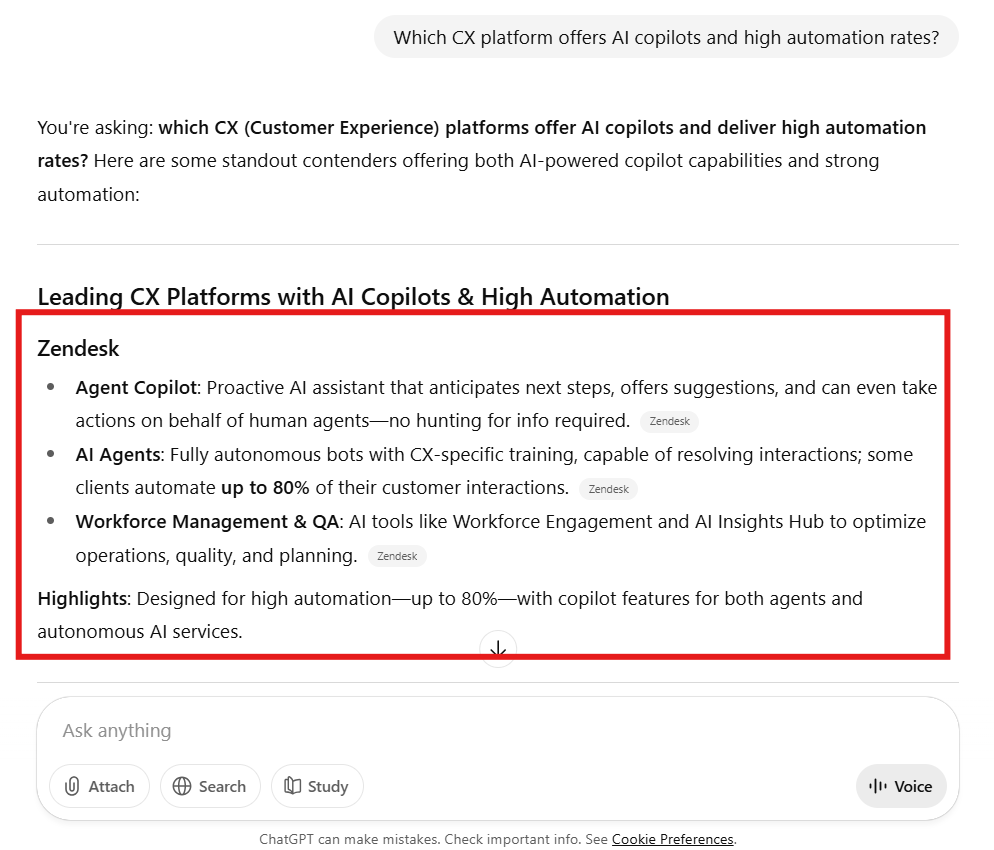
Zendesk mentioned at the top in ChatGPT results for queries around AI copilots and automation.
Nextiva applies the same principle with pricing, keeping tiers public and updated, which makes them a safe choice in AI answers.
Takeaway:
If you want to show up in AI answers, pick the exact outcomes buyers care about and say them consistently. Don’t spread five different phrases across your site. Pick one and reinforce it until both people and models make the connection automatically.
2. They make trust and compliance impossible to miss
Most SaaS companies bury their compliance details three clicks deep in a PDF. Zendesk takes the opposite approach.
Their Trust Center lays out certifications, data policies, and compliance frameworks in one place, written in plain English. And for sensitive industries like healthcare, they’ve even created dedicated HIPAA and HDS pages.
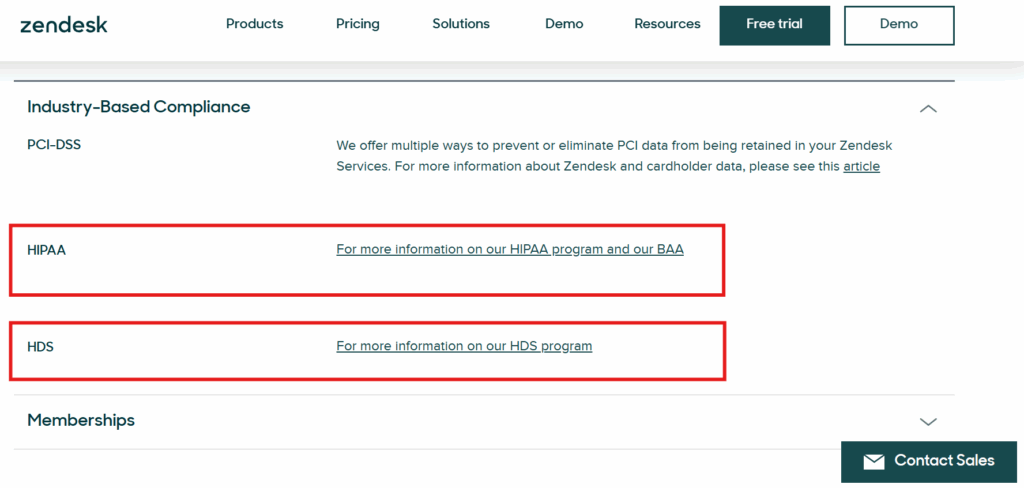
Zendesk Trust Center outlining Industry-Based Compliance
Here’s what really impressed us. They back it up with a live Status page. You can see uptime and incidents in real time. No marketing spin, no endless whitepapers.
Think about what that does. Buyers don’t waste time chasing reassurance. AI crawlers don’t have to dig to find credibility statements. Both audiences get the same clear signals that Zendesk takes security seriously.
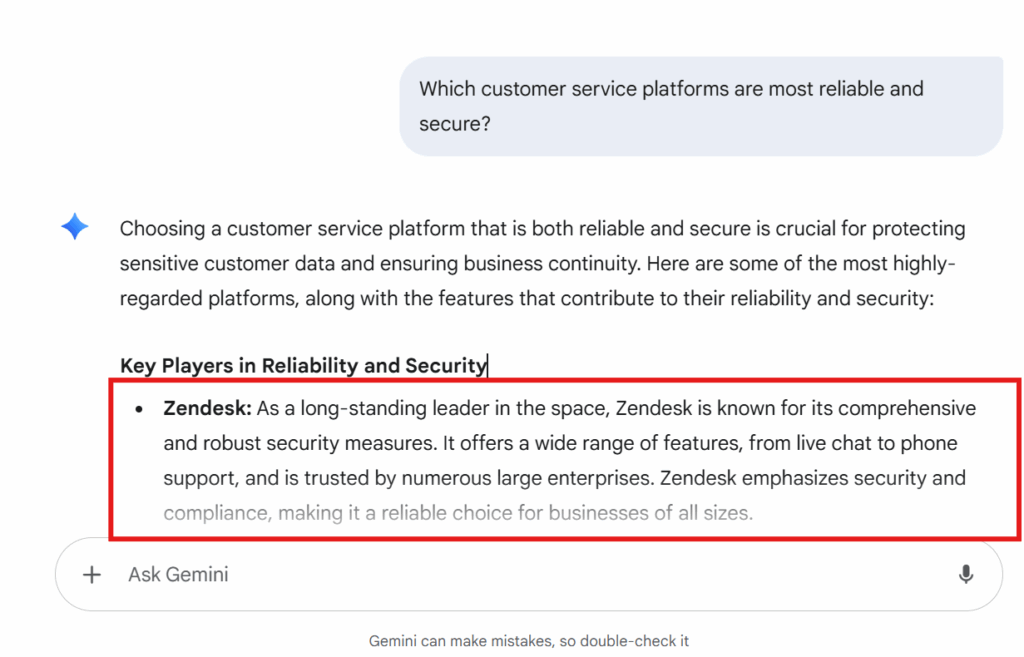
Zendesk highlighted in Gemini results for queries around secure and compliant CX platforms.
Takeaway:
Make trust visible. Create a single hub, write it in human language, and update it often. It’ll make buyers more comfortable, and it gives AI tools exactly the kind of clean evidence they like to cite.
3. They borrow credibility from their ecosystem
We expected Zendesk to talk about integrations. What we didn’t expect was the scale of their Marketplace. It’s not a list, it’s a catalog. Hundreds of apps, with categories, reviews, and clear descriptions of how they fit.
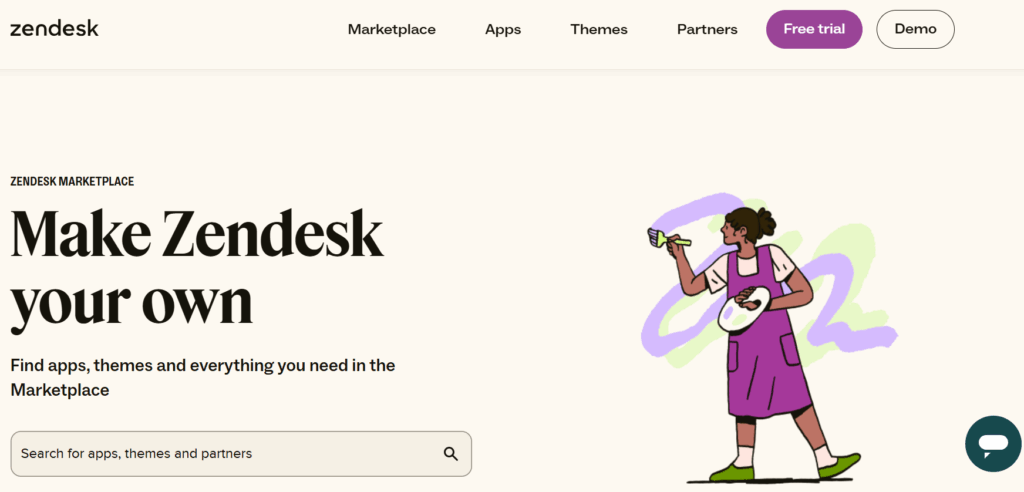
Zendesk Marketplace
Now here’s the kicker. Every partner that builds an integration also creates a page of their own. “Works with Zendesk” shows up on app directories, blogs, and product sites across the web.
When we ran searches like “Which CX platforms have the most integrations?” and the pattern was obvious. AI tools don’t just see Zendesk on zendesk.com. They see Zendesk everywhere.
That ecosystem makes Zendesk look like the default choice, not because they said so, but because everyone else keeps repeating it.

Zendesk appears in ChatGPT results for queries about customer service platforms with strong integrations.
Takeaway:
Treat integrations as more than features. They’re distribution and every partner mentioned is another breadcrumb. Over time, that trail makes it hard for both buyers and AI systems to overlook you.
4. They lead with outcomes, not just features
Here’s another thing Zendesk does well, they talk in numbers, not just in features.
Instead of vague claims like “AI automation improves productivity,” they write “Automate 80% or more of your interactions.” They back it with a Forrester study showing a 301% ROI over three years.
Why does that work? Because both humans and AI models love quantifiable proof. If you’re an exec comparing platforms, numbers stick. If you’re an AI model answering “Which platform delivers the most value?” hard data is quotable.
So when we checked AI results around ROI-driven CX platforms, Zendesk showed up again.
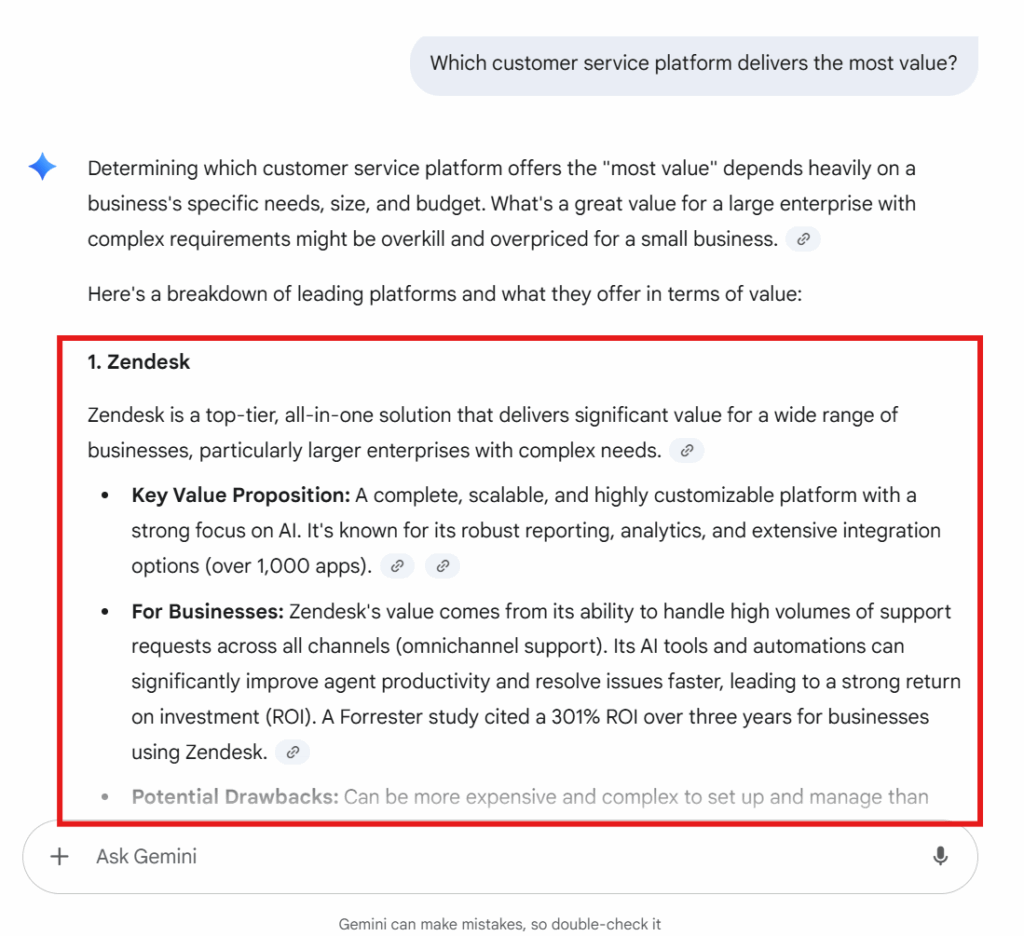
Zendesk mentioned in Gemini search results for queries about high-ROI customer service platforms.
Takeaway:
Don’t just describe what your product does. Put numbers on it. Time saved, ROI achieved, percentage automated. The more specific you are, the more likely buyers believe you and the more likely AI systems reference you.
If you’re finding these breakdowns useful, you’ll love Newsletter Alpha. Our weekly digest that helps SaaS teams cut through the noise with actionable insights. It’s the shortcut your content team needs.
5. They multiply visibility through third-party mentions
Here’s where Zendesk really stands out. They don’t just rely on their own site. They’re everywhere.
Look up “best help desk software” and you’ll see them on G2, Gartner Peer Insights, TechRadar, and a dozen comparison blogs. Their Support Suite is reviewed, ranked, and recommended across multiple sources buyers already trust.
Semrush recently analyzed 150K citations across ChatGPT, Perplexity, and AI Overviews, showing how consistently third-party mentions feed into LLM visibility.
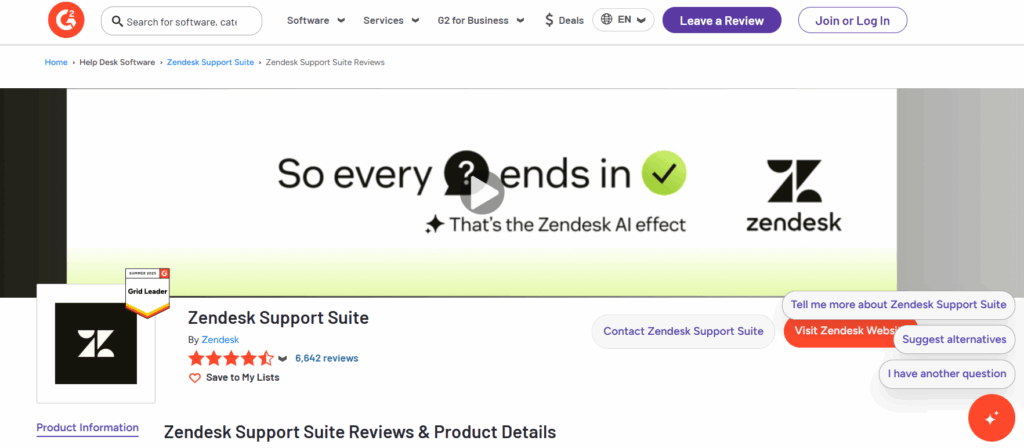
Zendesk Support Suite featured on G2 as a category leader, with thousands of customer reviews reinforcing its market credibility.
This matters because AI models don’t live off one site. They pull from the open web. The more consistently a brand is mentioned across trusted third-party pages, the safer it looks as a recommendation.
And for buyers, the effect is the same. Seeing Zendesk validated by analysts, reviewers, and partners makes it feel like the obvious choice.
Genesys benefits from the same kind of signal density across analyst and review content, as shown in our Genesys AI visibility breakdown.
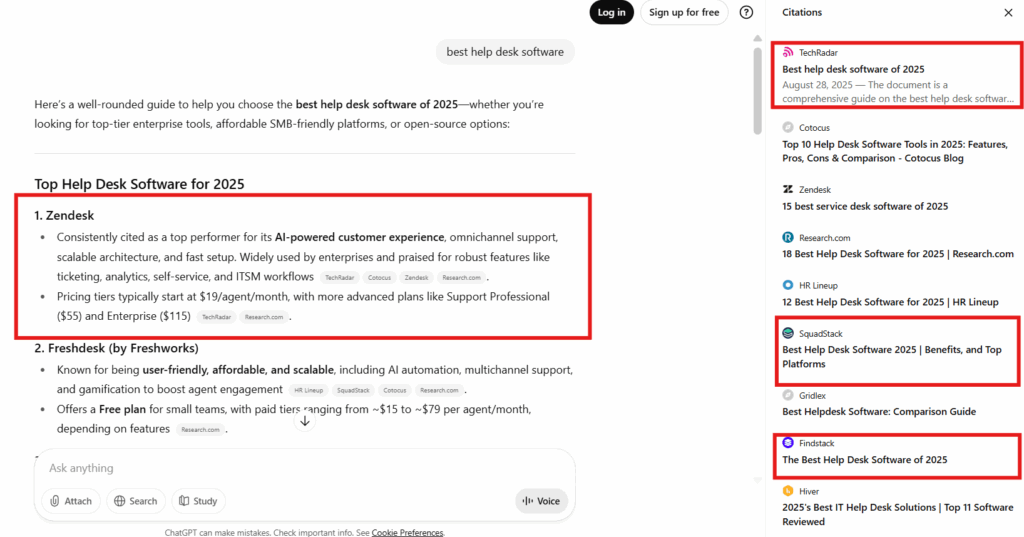
Zendesk ranked as a top CX platform in AI search results, backed by third-party mentions from sites like TechRadar and SquadStack.
Takeaway:
Don’t stop at your own content. Plant your brand across the ecosystem with review sites, industry blogs, partner listings, and analyst reports. Every external mention reinforces your authority. Over time, both people and AI tools learn to default to you.
What you can take away
The lesson from Zendesk is clear. If you want to show up when buyers ask AI tools for recommendations, you need to build in the right signals across your site and ecosystem.
Here are the five moves you can learn from them:
#1 Put AI at the Center
Don’t tuck AI away in sub-pages or one-off blog posts. If it’s part of your value, make it part of your product story. Zendesk leads in this, with “Copilot” front and center and bold claims like automating 80% of interactions.
That repetition teaches both buyers and AI models to associate Zendesk with AI-first support.
#2 Turn Trust Into a One-Click Story
Buyers don’t have time to chase PDFs or legal pages. Neither do AI crawlers. Create one clear hub where anyone can see certifications, compliance, and uptime at a glance. Zendesk’s Trust Center and Status Page do exactly that.
Security and reliability aren’t buried, they’re impossible to miss.
If you want a contrast with a platform that leans hard on head-to-head pages and outcome-heavy case studies, this NICE CXone AI Search Visibility analysis is a useful companion read.
#3 Use Integrations as Distribution
Every partner mentioned is another signal working in your favor. Zendesk has 1,200+ marketplace apps, but you don’t need that scale to benefit. Even a handful of strong integrations can multiply your reach.
Think about it, every “Works with [your product]” page is free distribution across the web.
#4 Lead With Outcomes, Not Features
Features are nice but it’s numbers that close deals. Zendesk doesn’t just say “better support,” they cite a 301% ROI and 80% automation. Busy execs remember numbers, and so do AI tools looking for quotable proof. If you’ve got metrics, make them visible.
#5 Multiply Mentions Beyond Your Site
If the only place your brand lives is your own website, you’re invisible. Zendesk shows up on G2, Gartner, TechRadar, and a dozen industry blogs. That third-party validation makes buyers trust them, and it makes AI models confident enough to recommend them.
The pattern is simple: consistent messaging, easy trust signals, ecosystem distribution, outcome-driven proof, and third-party validation. That’s what makes Zendesk show up in AI answers and it’s what will help your brand do the same.
And don’t guess the impact. Here’s how to track traffic from AI tools so you can see which prompts, pages, and proofs are actually driving consideration.
If you’re wondering how to put this into practice for your own SaaS, that’s where we come in. At Concurate, we help SaaS founders build that same kind of visibility through Generative Engine Optimization (GEO).
From mapping the exact queries buyers ask AI tools, to creating content assets those engines trust and cite, we make sure your product shows up when decisions are being made.
Our work has helped clients generate 24+ leads from just three blog posts, earn citations in AI-generated answers, and outperform even Google ads in the U.S. and U.K. markets.
We understand that the rules of SEO and content are changing fast in the age of AI, and we’re adapting in real time.
Curious how our approach could work for your SaaS? Let’s uncover the blind spots that might be holding you back and turn them into opportunities for growth.
FAQs
Not at all. Models don’t care about size, they care about signals. Smaller SaaS companies can win if they put the right proof in the right places.
Not at all. Models don’t care about size, they care about signals. Smaller SaaS companies can win if they put the right proof in the right places.
It depends on the tool. Some pick changes up in weeks, others in months. But the earlier you plant those signals, the faster you’ll get pulled into answers.
No. Even a few strong partnerships, well-documented on both sides, can tip you into more results.
Disclaimer
All product names, logos, and brands are the property of their respective owners. This profile is for identification, analysis, and benchmarking purposes only. Concurate is not affiliated with or endorsed by any featured company unless stated otherwise. The analysis is based on publicly available information as of the date noted. If you’re a representative and spot outdated or incorrect details, feel free to contact us for an update.


